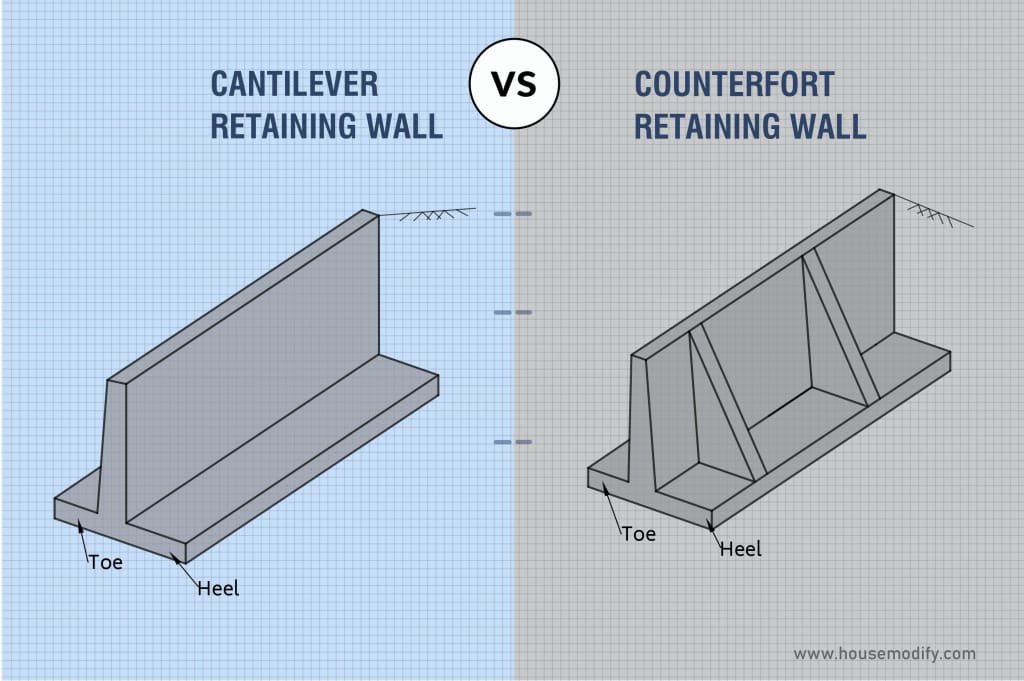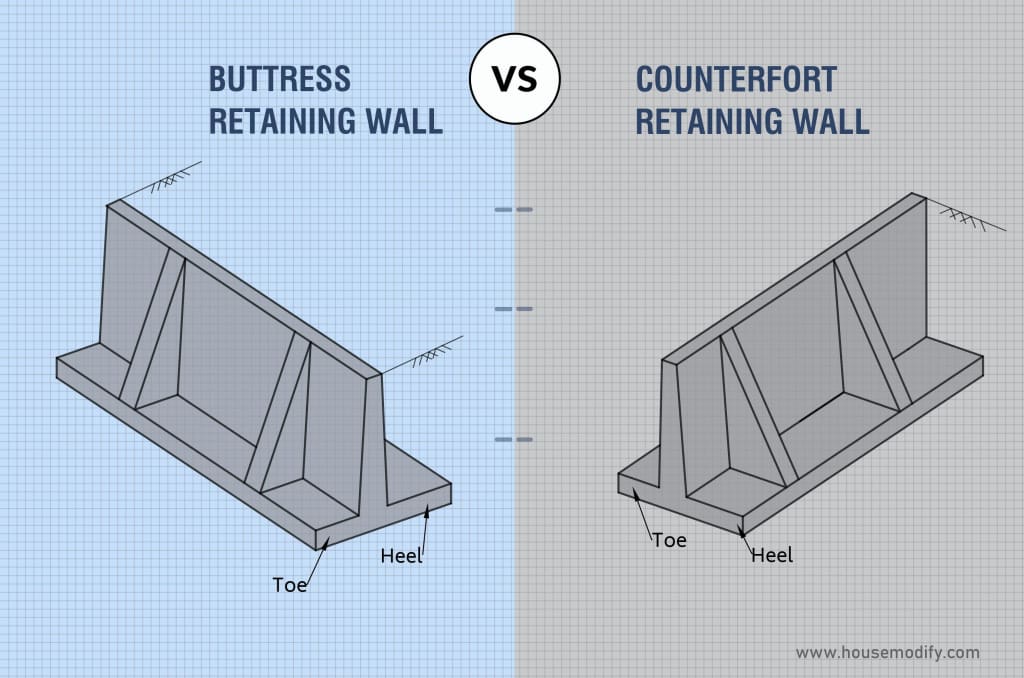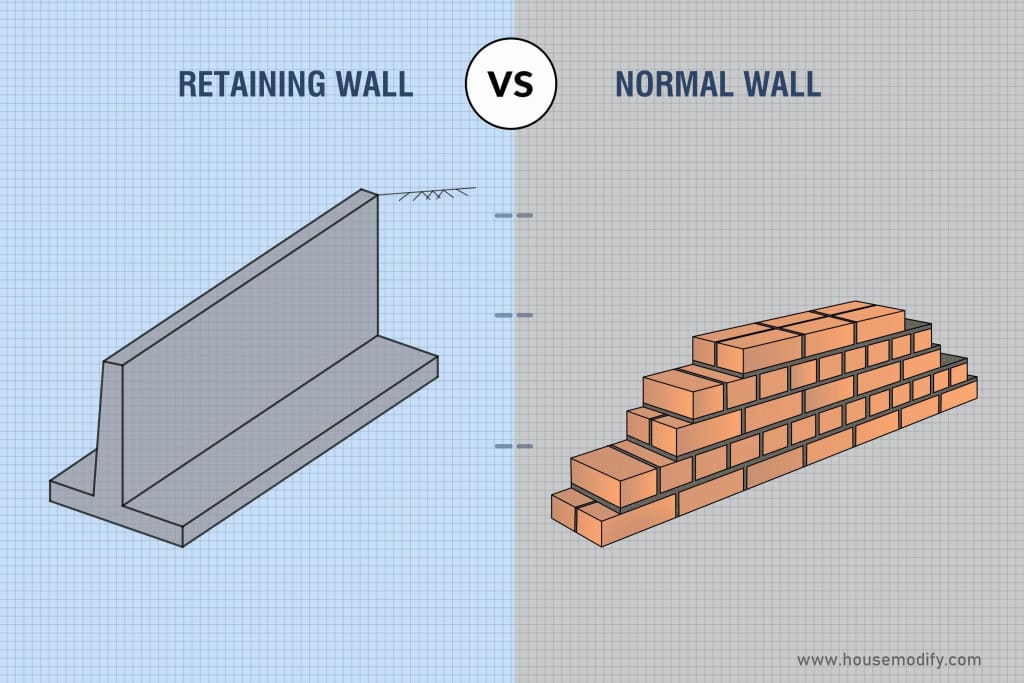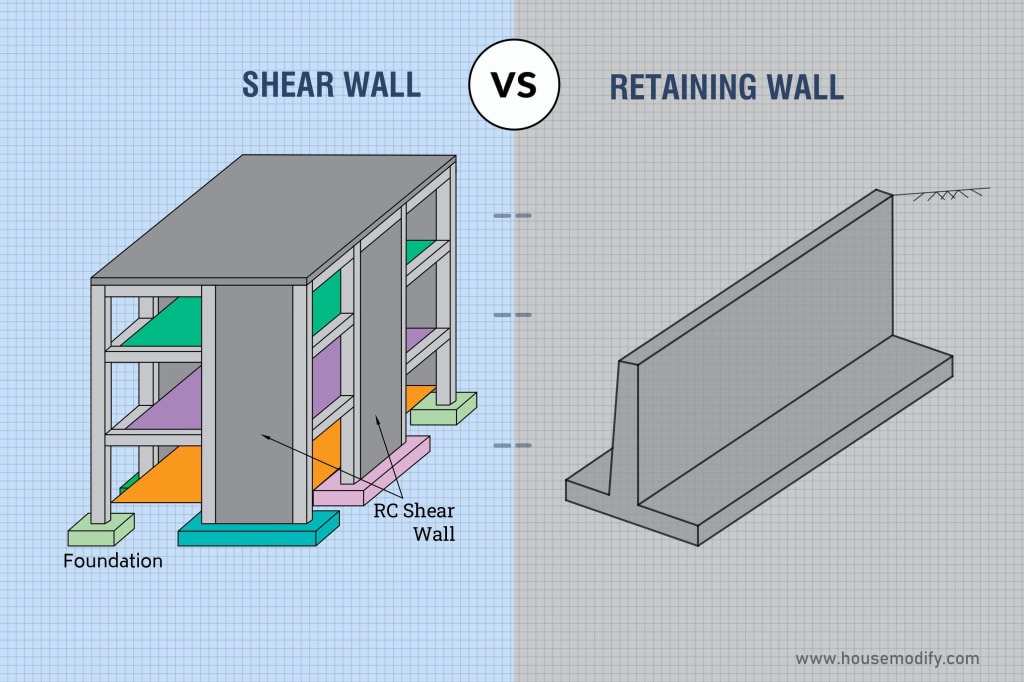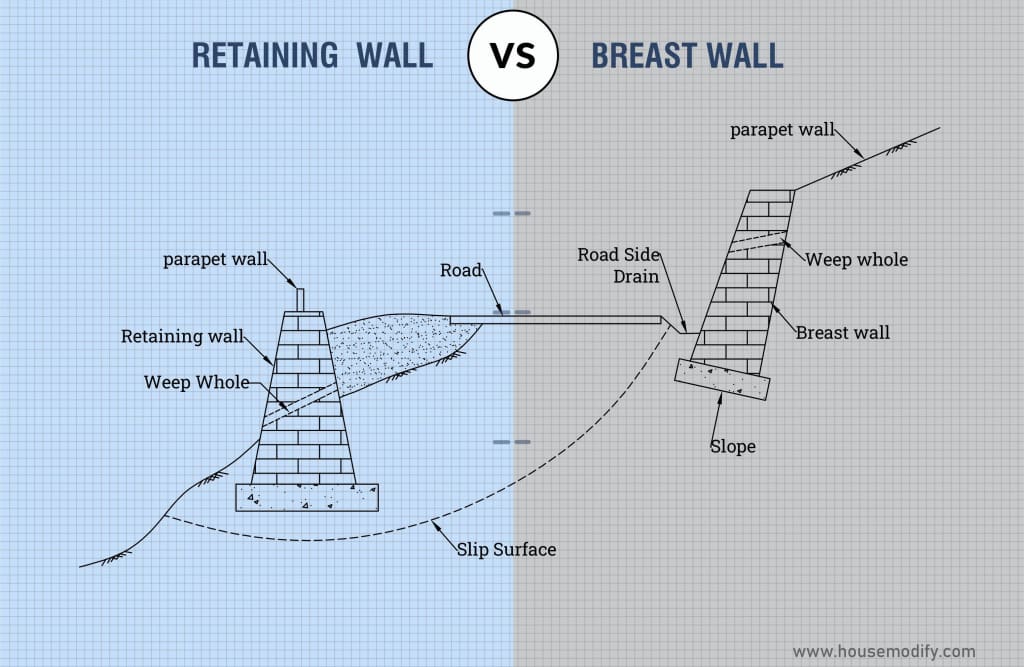Fabric is an excellent method to bring warmth and texture to a space, therefore, it’s a great choice if you’re looking to cover a wall.
There are three different ways to attach it depending on the amount of labour you want to put into it, the location of the installation, and how permanent you want it to be.
We’ll demonstrate all three techniques for covering walls (and ceilings) with fabric so you can pick the one that best suits your needs.
Here are the three methods for covering the walls with fabric.
Before You Start to Cover a Wall with Fabric:
Finding the right fabric is the first step in this project.
Remember that using a fabric with a large, obvious pattern will require more fabric and time as you’ll have to match the pattern at the seams to make the design appear uninterrupted.
For the walls, pick a basic textile fabric without any cushioned backing rather than padded fabric.
Look for cheap, lightweight materials in fabric warehouses and clearance racks.
You may calculate the number of lengths you’ll need by measuring the fabric, which is primarily 40 to 50 inches wide.
The fabric must also be thoroughly washed and dried before hanging.
The edges may fray if machine washed, thus hand washing is typically preferred.
Give the fabric time to fully dry.
Instructions to Cover a Wall with Fabric:
1. Prepare the Fabric:

Fabric that is frequently used for upholstery such as textile fabric is the best removable fabric for walls.
Cut the fabric lengths to fit the wall, leaving about 2 inches of cloth extra at the top, bottom, and along the sides of the wall.
If the fabric lengths are going to wrap around the windows, it is a good idea to pre-fit and roughly trim them.
You can trim the fabric precisely after hanging it.
This process is much simpler when you have assistance.
Rewash the fabric first, then use scissors to trim the selvedge edges (the fringe).
2. Gather all materials:

- Resources/tools.
- Scissors.
- Stepladder.
- Low-nap roller cover for a paint roller.
- Paint jug.
- Tool for smoothing wallpaper.
- An iron straightedge.
- Clean utility knife.
- Measurement tape.
- Textile material.
- Fabric droplets.
- Detergent starch.
3. Wall preparation:

Before you start, clean and dry the wall.
Remove the cover plates from wall switches and outlets.
Given that applying starch to the wall can be messy, cover the floor with drop cloth fabric.
Make sure the wall is clean and devoid of any screws or nails.
Plug any holes and take off the light switch and outlet plates.
A tape measure can be used to determine the width and centre of the wall.
Make a pencil mark in the centre of it.
To the left of the central point of the wall, measure and mark a space that is half the width of the fabric.
For instance, if the cloth is 52″ wide after the raw edges are trimmed, mark the location 26 inches to the left of the centre.
Make a plumb line from the floor to the ceiling by placing a level vertically on this point (Image 2).
When hanging the first cloth panel, which will be centred on your wall, utilize this line as a reference.
4. Trim Fabric and Edges:

Using scissors, a rotary cutter, a cutting mat, and a yardstick or straight edge, cut off the raw edges of the fabric.
All cuts must be as precise and fray-free as possible.
If you’re using a patterned fabric, measure the height of the wall (without any trim like baseboards or crown moulding), add a few inches to this amount (to allow for moving to fit the pattern), and then cut panels.
If required, measure and make cuts to make room for any outlets as well.
5. Apply the starch:

To fasten the fabric to the wall, use liquid starch.
By using this technique, the fabric can be simply cover without harming the wall.
Put the liquid starch in a plastic jar with a lid.
In case you are stopped, it can be put away.
The conventional paint roller method is the fastest and least messy way to apply starch to the walls.
It is also simpler than using a brush or dipping the fabric into a starch jar.
Be sure to properly enclose all wall surfaces.
Be careful not to pour starch onto the fixtures when working around exposed light switches and outlet boxes.
6. Hang the cloth:

The fabric may be hung with patience, but it is not difficult.
Apply the fabric strips one at a time, starting in one corner and working your way across the room, while the starch is still wet.
To make sure the design stays evenly spaced from the wall and that it matches at the edges have a helper stand back from it.
The fabric should be 1 to 2 inches longer on each side than the baseboard, ceiling, and corner.
Where there are seams, allow the fabric strips to overlap by around a half-inch.
The top cloth strips can optionally be fastened using thumbtacks.
The cloth against the wall should be flattened using a wallpaper smoothing tool.
Additional starch should be applied to the fabric followed by drying.
7. Trim the Fabric:

When the starch and fabric are touchable dry, the excess fabric should be carefully cut away at the ceiling line, along baseboards, and around any wood trim.
Avoid contacting wires with the knife blade when pruning around switch and outlet boxes.
The baseboards and wood trim should be thoroughly cleaned after the cloth has been completely removed.
Then, replace the outlet and switch cover plates.
Maintenance and Cleaning of Fabric Wall:
To adhere fabric to a small portion of walls for accent projects, you can also use velcro with damage-free backing.
Since cloth with velcro corners tends to hang or wrinkle in the middle, starch is preferable for covering the entire wall.
Use water that has been diluted with a small amount of dishwashing detergent and lightly sponge the walls to remove dirt whenever you need to clean because the cloth on them becomes soiled.
When it’s time to take the cloth off, moisten the corners with a wet sponge until they start to pull away from the walls.
The fabric ought to easily separate into long lengths.
FAQ- How to Cover a Wall with Fabric:
Q1. What kind of wall covering is the least expensive?
If you want to maximize wall covering costs while spending the least amount of money, we suggest choosing plywood.
They are accessible, inexpensive, and simple to assemble.
Plywood is a material you may use to replace your walls quickly and affordably.
Q2. How can fabric be fixed to a wall without causing damage to it?
Before you start, wash and dry the fabric, and then tape it to the wall.
Apply liquid starch underneath on top of the fabric to adhere it to the wall.
After trimming away the excess with a utility knife, admire your brand-new wall decoration!
Q3. Can you use Command Strips on fabric walls?
Yes, the item doesn’t exceed the weight restriction set for Commands Picture Hanging Strips.
Hanging tapestries or other materials is not something we advise.
Please make sure there is a flat surface for the strip to stick to when using ornamental plates.
Conclusion:
The completed fabric wall was fixed with staples looks.
Plywood is a material you may use to replace your walls quickly and affordably.
Cover them with moulding that I hung on the wall with fabric, so it wasn’t an issue for me.
But for this reason, I advise covering the seams (like moulding or ribbon).
Alternately, apply this technique to areas that are less than one width of cloth such as the backs of bookcases or panels.

